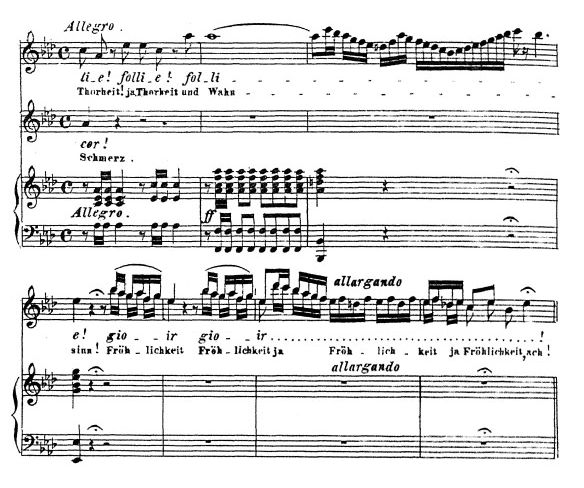
Pharyngeal Voice . . . What Is It?
Pharyngeal Voice? What is it?
Well, the old singing teachers used to call this voice the “witch’s cackle.” To be sure, it can sound like the Wicked Witch of the West. But it actually originates in the falsetto voice: The pharyngeal voice is nothing more than a developed and intensified falsetto. When we hear and feel this texture, the folds are vibrating at more depth and more closure than pure falsetto, but less than in full voice.
Pharyngeal is most operative from the F4 (above middle C) to the D5, roughly the span of a sixth (Do to La). It can be accessed by using certain vowels such as [eh] and [ae]. It is mostly exercised independently at first over short periods of time, with small half step movements. A teacher’s trained ear is necessary to guide the student in finding and developing this voice.
It is easy to miss. Many times we sing in falsetto and quickly transition to a more full voice sound missing out on this useful coordination if we are not careful. So, either try singing an exercise on “I’m melting” while running around the room with monkeys, or pay attention to a slight feeling of downward motion. This “slight feeling” may accomplish the required, extremely small physical movement. If we try to do something bigger and more directly, you’ll likely do too much.
This pharyngeal voice can be thought of as the key to the development of a tenor’s top notes and a woman’s middle notes. It is like a bridge from the falsetto to the full voice. It enables one to sing without: 1. either pulling up too much weight in that area and pushing to secure the pitch or 2. not engaging enough cord in vibrational depth causing a breathy falsetto.
Whatever sound we are looking for, we want to create it with the most efficiency possible. Recall that for every pitch and tone, there is a specific length, width, and depth of vocal cord vibration. By using pharyngeal techniques, we can access different layers of depth, different thicknesses, and different lengths in a variety of ways to make a variety of sounds.
And it is useful for men’s and women’s singing. The “pharyngeal” is a healthy sound that is a helpful thinner for the guys at the top and a thickener for the ladies in the middle!
Also, notice that as this voice develops, it can become a strong, pretty gnarly and piercing sound. Combined with falsetto or full voice, pharyngeal is like adding an exotic spice to the vocal meal. There is sparkle and steely intensity. Best of all, this voice becomes really strong and effortless in production.
about the author
Allen Rascoe Allen has been enjoying singing since he was a little kid. He officially studied voice at ECU and USC. However, he ran... Read More

RECENT ARTICLES
-

Career Your Opportunities for a Fulfilling Career in Singing
-

Basic Skills, Beginners, Tips Tips To Improve Your Singing Voice
-

Exercises, Warmups 10 Vocal Warm-ups to Change the Way You Sing
-

Basic Skills, Beginners, Exercises, Songs, Voice Teachers, Warmups What is My Vocal Range – Identify, Master and Expand Your Range
RECENT IN KNOWLEDGE
Recent Topics
- Beginning Voice Lessons (1)
- Breathing Techniques (1)
- Confidence (1)
- Experienced Teacher (1)
- Kids Singing Lessons (1)
- Musical Career (1)
- Practice (1)
- Private Lessons (1)
- Professional Singer (2)
- Sing (1)
- Singing Teachers (2)
- Style (1)
- Teach Online (1)
- Vocal Exercises (1)
- Vocal Health (1)
- Vocal Music (1)
- Vocal Pitch (3)
- Vocal Range (4)
- Voice Coach (1)
- Voice Exercises (2)
- Voice Training (4)
- Young Vocalist (1)
Categories
- Basic Skills (7)
- Beginners (8)
- Career (2)
- CCM (1)
- Contemporary Commercial Music (1)
- Crossing Over (1)
- Exercises (2)
- Online Lessons (3)
- Online Voice Lessons (1)
- Songs (2)
- Students (6)
- Tips (4)
- Vocal Coaches (1)
- Voice Teachers (2)
- Warmups (2)
Testimonials

















